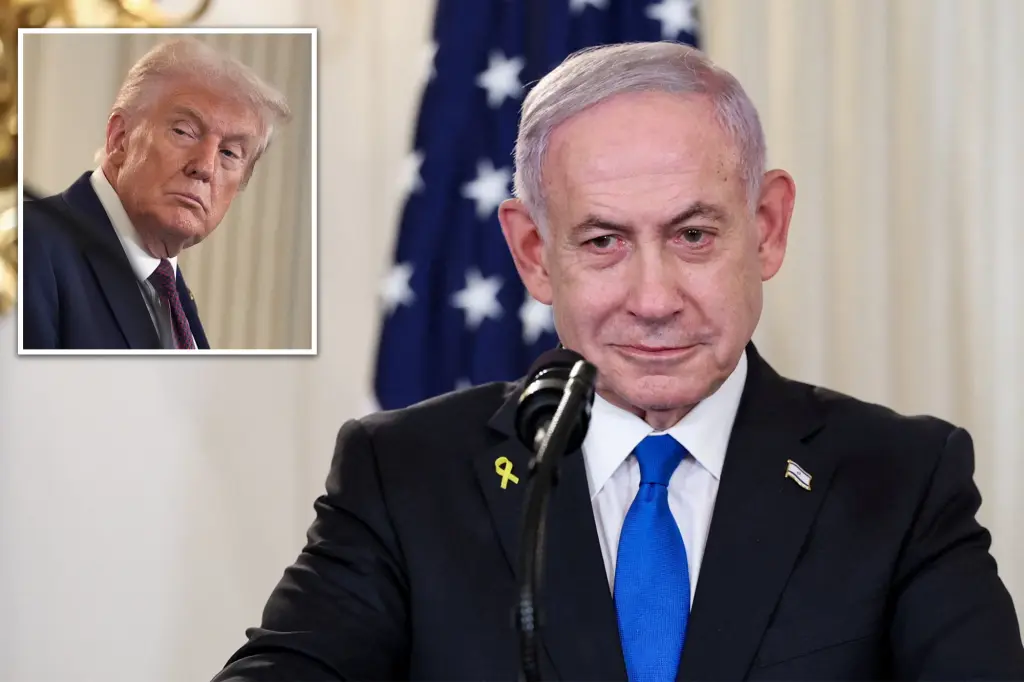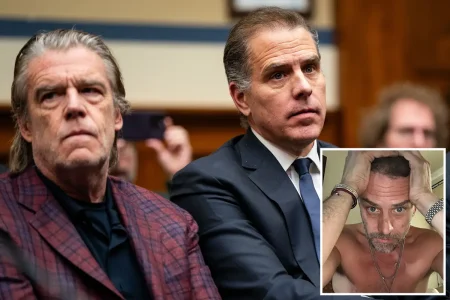Israel Responds to Hamas’s Agreement on Gaza Peace Plan
In a significant development in the ongoing Gaza conflict, the Israeli government has acknowledged Hamas’s tentative agreement to President Trump’s Gaza peace plan, announcing preparations for “immediate implementation of the first phase” which would involve the release of hostages. Prime Minister Benjamin Netanyahu’s office issued a statement to Israeli media outlets on Friday, pledging to work with Trump on the peace initiative. However, notably absent from this statement was any explicit commitment to cease military operations in Gaza, which was a key demand in President Trump’s proposal. “We will continue to fully cooperate with the president and his team in order to end the war in accordance with the principles that Israel laid out and which are in line with President Trump’s vision,” the statement read, striking a tone of cautious cooperation while maintaining Israel’s strategic position.
The response comes at a critical juncture as earlier reports suggested Netanyahu was caught off guard by Trump’s announcement welcoming Hamas’s tentative agreement. According to Axios, the Israeli leader privately expressed to confidantes that he viewed the Palestinian group’s statement as a rejection of the president’s proposals, rather than acceptance. This divergence in interpretation highlights the complex dynamics at play and the delicate diplomatic balancing act required to move forward with any peace agreement in this deeply entrenched conflict. The situation reflects the often contradictory narratives that emerge during peace negotiations, where public statements may differ significantly from private interpretations, creating additional challenges for mediators attempting to bridge these gaps.
President Trump’s 20-point peace plan represents a bold attempt to break the deadlock in Gaza, with the immediate release of hostages forming its cornerstone. In his Friday statement, Trump characterized Hamas’s response as an “acceptance” of his plan, framing it as a diplomatic breakthrough. However, the reality appears more nuanced, as Hamas has expressed willingness to free Israeli hostages—both living and deceased—but has not fully embraced other critical aspects of the proposal. This partial agreement reflects the complicated nature of negotiating with a group that maintains different priorities and red lines than those outlined in Trump’s comprehensive peace initiative, requiring careful navigation of these differences to achieve meaningful progress.
Despite showing openness to hostage releases, Hamas has demonstrated resistance to several key demands in Trump’s plan. The group has not committed to disarmament or to relinquishing power in Gaza to an international force—both fundamental components of Trump’s vision for a stable post-conflict Gaza. Additionally, Hamas rejected the timeline proposed by Trump, which called for the release of Israeli hostages within 72 hours. These points of contention illustrate the significant gaps that remain between the parties, even as they tentatively move toward dialogue. The selective acceptance of certain proposals while rejecting others is characteristic of complex peace negotiations, where each side carefully evaluates which concessions they are willing to make.
The Israeli government’s response indicates a willingness to proceed with the humanitarian aspects of the plan—specifically the hostage release—while potentially maintaining military pressure. This approach aligns with Israel’s consistently stated objectives of securing the return of all hostages while ensuring its security concerns are addressed. By emphasizing cooperation with Trump’s team while not explicitly committing to a ceasefire, Netanyahu’s government appears to be creating space for continued military operations that it deems necessary for Israel’s security, even as diplomatic efforts advance. This dual-track approach reflects Israel’s strategic calculation that maintaining military leverage is essential while pursuing diplomatic solutions.
As negotiations continue, the path forward remains fraught with challenges. The differences in interpretation between Trump’s characterization of Hamas’s response and Netanyahu’s private assessment underscore the persistent communication gaps that complicate peace efforts in the region. For any agreement to succeed, these gaps must be bridged through continued dialogue and potential compromise from all parties involved. The focus on hostage releases represents a potential humanitarian breakthrough that could build momentum toward addressing the more contentious issues of military withdrawal, governance in Gaza, and long-term security arrangements. While significant obstacles remain, this tentative engagement with Trump’s peace plan offers a glimmer of hope in a conflict that has caused immense suffering and requires urgent resolution for the well-being of all communities affected by the violence.











